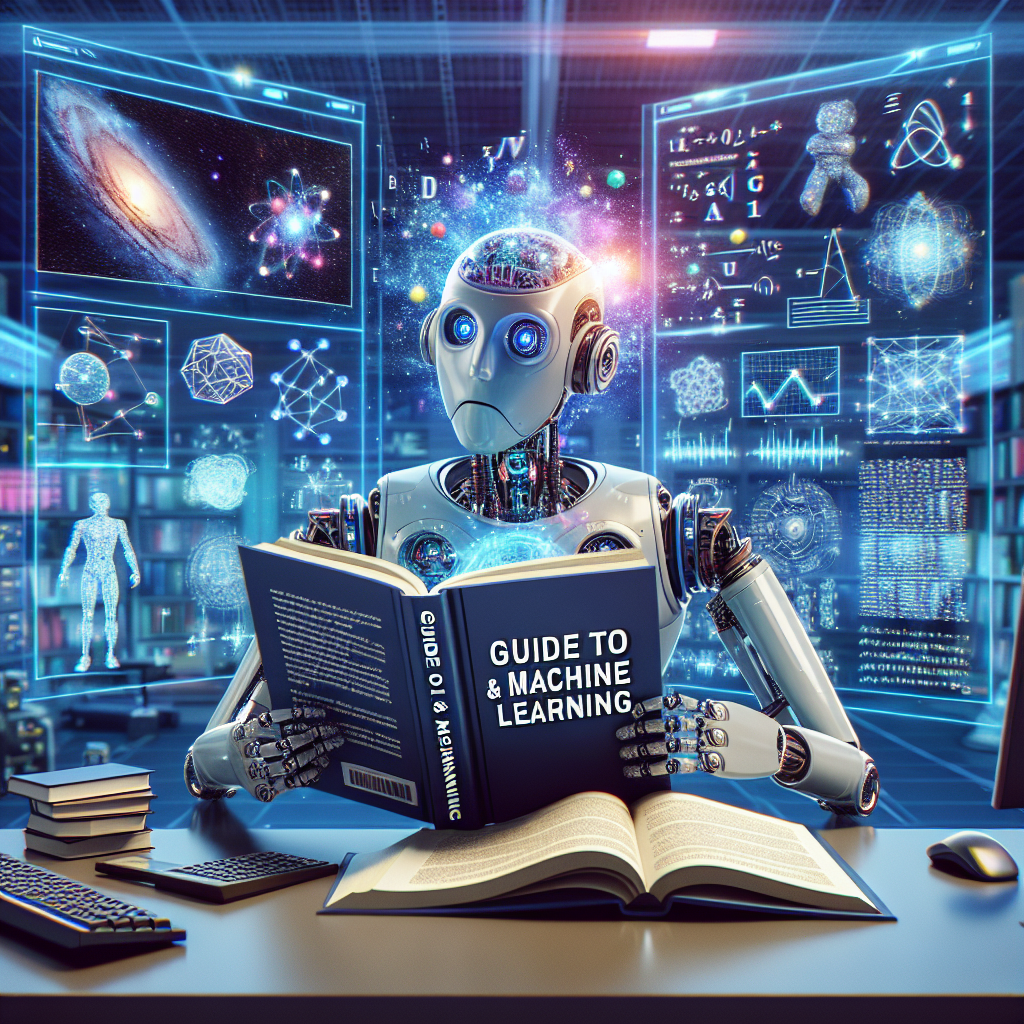Artificial intelligence (AI) and machine learning have revolutionized the way we interact with technology, but it is important to understand their limitations. While AI and machine learning have made significant advancements in recent years, they are not without their drawbacks and constraints. In this article, we will explore the limitations of AI and machine learning and discuss how they can impact their effectiveness and reliability.
One of the main limitations of AI and machine learning is their reliance on data. These technologies require vast amounts of data to operate effectively, and the quality of the data can greatly impact their performance. If the data used to train an AI system is biased or incomplete, it can lead to inaccurate results and flawed decision-making. For example, if an AI system is trained on data that only represents a certain demographic, it may not be able to make accurate predictions or recommendations for individuals outside of that demographic.
Another limitation of AI and machine learning is their inability to understand context or nuance. While these technologies excel at processing large amounts of data and identifying patterns, they often struggle to understand the subtleties of language, emotions, or social cues. This can lead to misinterpretations and errors in decision-making, especially in complex or ambiguous situations. For example, an AI system may struggle to understand sarcasm or irony in text, leading to inaccurate results.
Additionally, AI and machine learning systems are not capable of true creativity or original thought. While they can generate new solutions or recommendations based on existing data, they are limited by the constraints of their programming and training data. This means that AI systems are not capable of true innovation or independent decision-making, and they may struggle to adapt to new or unexpected situations. For example, an AI system trained on historical financial data may struggle to predict the impact of a global pandemic on the stock market.
Furthermore, AI and machine learning systems can be vulnerable to attacks and manipulation. As these technologies become more prevalent in our daily lives, they are increasingly becoming targets for malicious actors seeking to exploit their vulnerabilities. For example, hackers may attempt to manipulate AI systems to generate false information or make harmful decisions, leading to serious consequences for individuals or organizations.
In addition to these limitations, AI and machine learning systems also raise ethical and privacy concerns. These technologies have the potential to infringe on individual privacy rights, especially when they are used to collect and analyze personal data. There is also the risk of bias and discrimination in AI systems, as they may reflect the biases of their creators or training data. This can lead to unfair or discriminatory outcomes, particularly in areas such as hiring, lending, or criminal justice.
Despite these limitations, AI and machine learning have the potential to transform industries and improve our daily lives. By understanding their constraints and working to address them, we can harness the power of these technologies while mitigating their risks. It is important for developers, policymakers, and users to be aware of the limitations of AI and machine learning and to take steps to ensure their responsible and ethical use.
FAQs:
Q: Can AI and machine learning systems replace human intelligence?
A: While AI and machine learning systems can perform certain tasks more quickly and accurately than humans, they are not capable of replicating human intelligence or creativity. These technologies are tools that can assist humans in making decisions and solving problems, but they are not a substitute for human judgment and intuition.
Q: How can bias be addressed in AI and machine learning systems?
A: Bias in AI and machine learning systems can be addressed through careful data selection, diverse training data, and regular monitoring and testing. Developers should strive to eliminate bias in their algorithms and ensure that their systems are fair and equitable for all individuals.
Q: What are the ethical considerations of using AI and machine learning?
A: Ethical considerations of using AI and machine learning include privacy, transparency, accountability, and fairness. Developers and organizations should be transparent about how their algorithms are used, protect individual privacy rights, and ensure that their systems are fair and unbiased.
Q: How can AI and machine learning systems be protected from attacks and manipulation?
A: AI and machine learning systems can be protected from attacks and manipulation through robust security measures, regular testing and monitoring, and the use of encryption and authentication techniques. It is important for developers to be vigilant and proactive in safeguarding their systems against potential threats.

